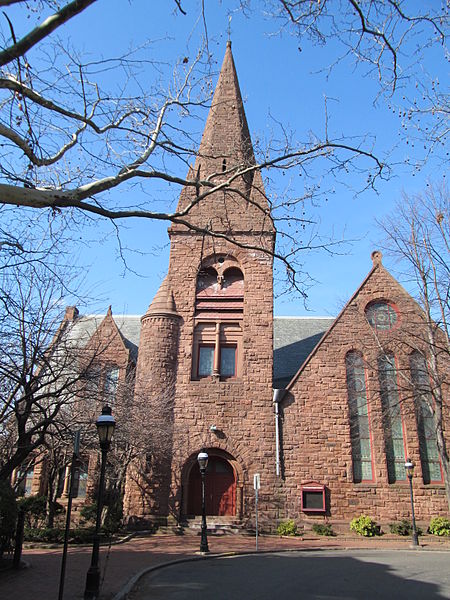Rustication (architecture)
Rustication is a range of masonry techniques used in classical architecture giving visible surfaces a finish texture that contrasts with smooth, squared-block masonry called ashlar. The visible face of each individual block is cut back around the edges to make its size and placing very clear. In addition the central part of the face of each block may be given a deliberately rough or patterned surface.
Two different styles of rustication in the Palazzo Medici-Riccardi in Florence; smooth-faced above and rough-faced below
Extreme Mannerist "cyclopian" rustication at the Palace of Fontainebleau
Illustration to Serlio, rusticated doorway of the type now called a Gibbs surround, 1537
Courtyard of Somerset House in London, mostly smooth-faced "V" joints, but with vermiculated square blocks around the Gibbs surround to the door
Ashlar is a cut and dressed stone, worked using a chisel to achieve a specific form, typically rectangular in shape. The term can also refer to a structure built from such stones.
Dry ashlar masonry laid in parallel courses on an Inca wall at Machu Picchu
Ashlar masonry north gable of Banbury Town Hall, Oxfordshire
Ashlar polygonal masonry in Cuzco, Peru
Quarry-faced red Longmeadow sandstone in random ashlar was specified by architect Henry Hobson Richardson for the North Congregational Church (Springfield, Massachusetts, 1871). Although each block was cut with great precision on adjacent faces, the external face was left rough as when removed from the quarry. The blocks were laid randomly without continuous courses or vertical and horizontal joints.








